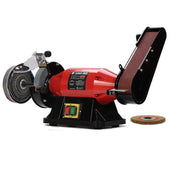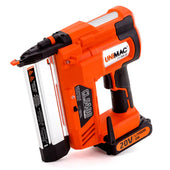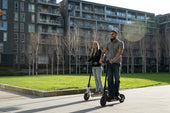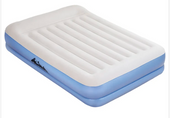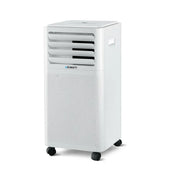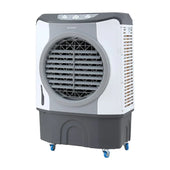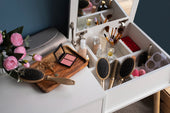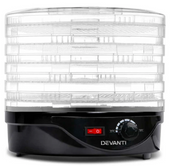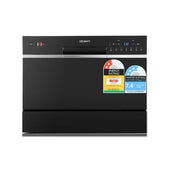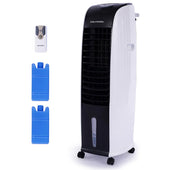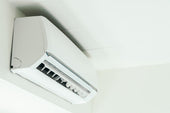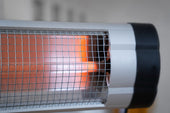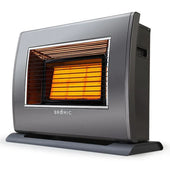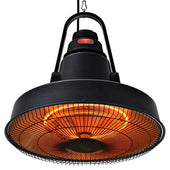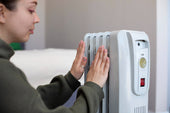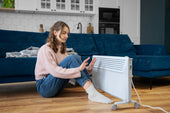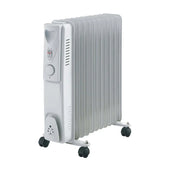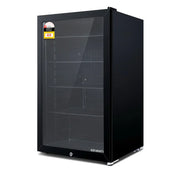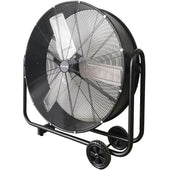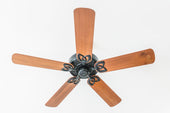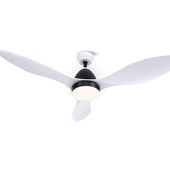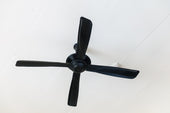Gathering the Essential Tools and Materials
Before beginning the assembly process, it is crucial to collect all necessary tools and materials to ensure efficiency and avoid interruptions. Most outdoor chair kits come with a detailed instruction manual specifying the items required. Typically, the following tools should be prepared:
- Screwdriver: A flathead or Phillips screwdriver may be needed, depending on the screws provided in the kit.
- Allen keys: Often essential for tightening bolts and fittings.
- Rubber mallet: Useful for aligning and securing parts without causing damage.
- Measuring tape: Ensures accurate placement of components.
- Protective gloves: Helps prevent injuries while handling sharp or heavy parts.
Ensure the workspace is clean and well-lit before starting. Having all required tools within easy reach saves time and allows for a smoother assembly process. Regular checks for missing materials or parts ensure uninterrupted progress ahead.
Unboxing and Checking the Chair Parts
Before starting the assembly, all parts should be removed from the packaging and placed on a clean surface. Carefully inspect the box contents to ensure nothing is missing or damaged. Most outdoor chair kits include essential components, such as:
- Chair frame pieces (e.g., seat base, backrest, armrests).
- Fasteners, including bolts, screws, washers, or nuts.
- Tools, such as an Allen key or wrench (if provided).
- Instruction manual for guidance on assembly.
Organise the parts systematically for convenience. Double-check the package checklist against the included components. Report missing or faulty items to the manufacturer immediately before proceeding. This step ensures an efficient start to the assembly process.
Understanding the Assembly Instructions
Outdoor chair assembly begins with carefully reviewing the provided instructions, often included in the packaging. These instructions typically contain diagrams, part numbers, and step-by-step guidelines to streamline the process during days of setup. Attention should be given to the visual representations, as they clarify which pieces connect and how.
It is essential to identify all parts, including screws, bolts, and other hardware, before starting. Readers should ensure tools listed in the instructions are accessible, such as screwdrivers or Allen wrenches. Any warnings or special notes should be noted to avoid common pitfalls. Finally, clear workspace organisation fosters smoother progression through the steps.
Assembling the Chair Frame
To assemble the chair frame, begin by laying out all frame components on a flat surface. Identify each piece according to the included instruction manual. Position the two side frames upright and parallel to one another. Secure the cross braces first, as these stabilise the basic frame structure; ensure screws are aligned and tightened evenly.
Follow up by attaching the seat support, which typically connects to the side frames. Use a screwdriver or Allen key if required. Take care to match corresponding holes for precise alignment. Check for wobbles and ensure all connections are flush. Double-check all fastenings before proceeding to the next step.
Attaching the Seat and Backrest
To attach the seat and backrest, begin by identifying the pre-drilled holes on both the chair’s framework and the respective sections. Align the seat with the frame, ensuring its edges match the designated placement. Use screws provided in the assembly kit to secure the seat firmly to the base. Tighten screws gradually to avoid cracking or misalignment.
Next, position the backrest upright against the rear support, aligning its slots or holes with the chair frame. Fasten it using bolts, washers, and a wrench for durability. Double-check stability by gently applying pressure. Repeat for additional chairs in a set.
Securing Bolts and Screws for Stability
Properly securing bolts and screws ensures the longevity and stability of outdoor chairs. Assembly begins by aligning each part according to the instructions provided, keeping the pre-drilled holes visible. Users must inspect screws and bolts for any defects or irregularities before installation to ensure smooth assembly.
- Use a screwdriver or wrench: Select tools that match the size and type of bolts or screws being secured. For Phillips-head screws, a corresponding screwdriver is recommended, while hex bolts require a wrench or ratchet.
- Apply even pressure: Tighten each bolt or screw incrementally to avoid over-tightening, which could damage the material. Alternate between screws for even fastening across the chair’s components.
- Verify alignment: Confirm that parts remain aligned during tightening to avoid misplacement and ensure smooth connections.
Adding Final Touches and Hardware Covers
Once the main assembly is complete, ensure all screws, bolts, and joints are properly secured. Tighten any loose connections to maintain stability. Inspect the chair for uneven surfaces, and sand down any sharp edges if needed to avoid potential injuries.
Attach the hardware covers provided with the kit to conceal screws and bolts, giving the chair a polished finish. These covers not only enhance the aesthetic appeal but also protect against rust or wear. Press or snap them into place as directed in the instructions. For wooden chairs, consider applying a protective sealant to guard against weather damage and extend longevity.
Inspecting for Any Loose Parts
Before completing the assembly, it is important to thoroughly inspect the chair for any loosened parts that might affect its stability or safety. Carefully examine all screws, bolts, and joints, ensuring they are properly tightened. Use a wrench or screwdriver, depending on the hardware type, to secure each connection. Pay particular attention to the armrests, legs, and backrest as these carry most of the weight and stress during use. Check for any wobbling or movement and adjust accordingly to ensure a sturdy construction. Regular inspection prevents wear and tear, ensuring long-term functionality of the outdoor chairs.
Testing the Chair for Safety and Comfort
- One should gently place the chair on a level surface to check its stability first.
- Confirm the screws, bolts, and joints are securely tightened to prevent wobbling.
- Sit on the chair with normal weight to assess its sturdiness and durability.
- Inspect the backrest and armrest to ensure they are evenly positioned and provide proper support.
- Check for any sharp edges or protruding pieces that could cause discomfort or injury.
If issues arise during testing, adjustments or re-tightening may be required to resolve them swiftly.
Tips for Maintaining Your Outdoor Chairs
- Clean Regularly: Use a mild soap solution and a soft brush to remove dirt and debris. Avoid harsh chemicals that can damage finishes.
- Protect from the Elements: Store chairs in a covered space during harsh weather or use protective covers. Prolonged exposure to sunlight can cause fading or weakening of materials.
- Inspect for Damage: Check screws, bolts, or joints for looseness and tighten them as needed. Examine for rust or cracks to address issues early.
- Repaint or Reseal: Wooden chairs benefit from resealing or repainting periodically to prevent moisture damage and extend durability.
- Cushion Care: Wash fabric cushions according to care labels and store indoors when not in use to prevent mould and mildew.



